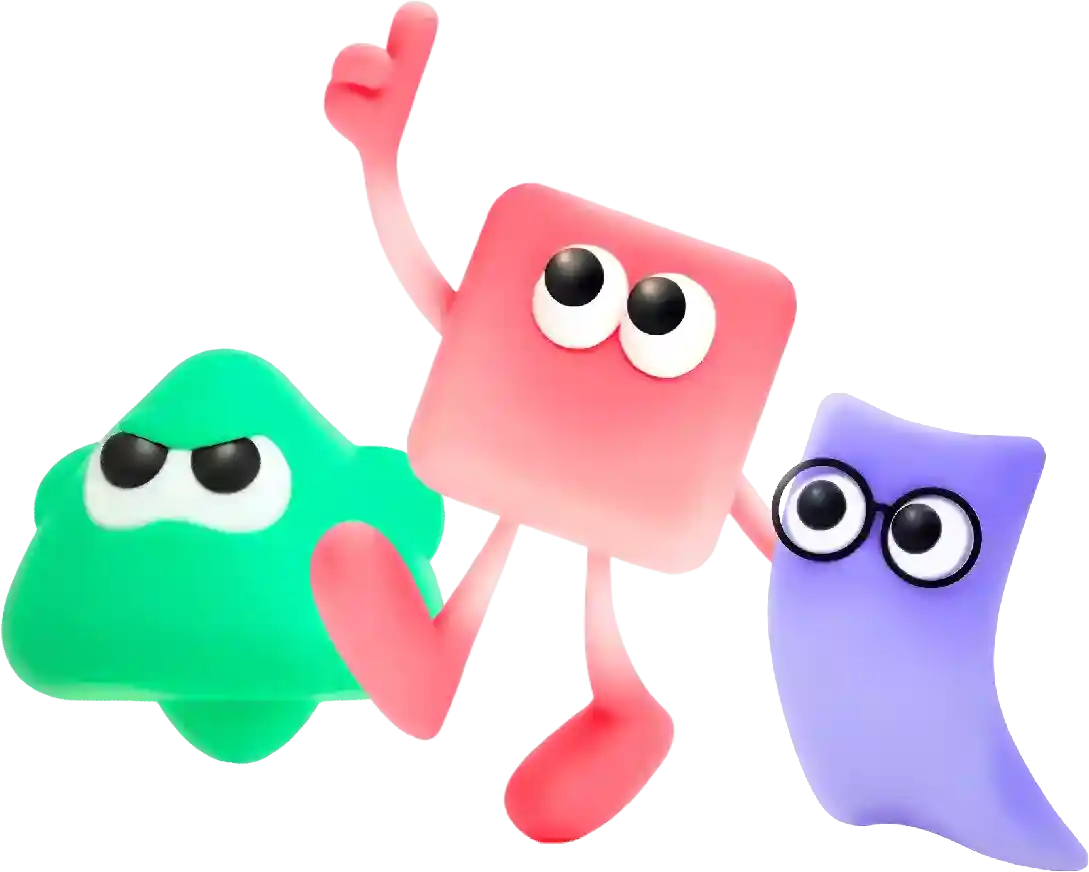Eyedrop Tool Overview
Cooking and baking are not only enjoyable activities, but they can also be a great way to express creativity and share delicious food with others. If you run a food blog or website, building recipes is a crucial part of your content creation. Whether you are a seasoned chef or a home cook, creating enticing and unique recipes can help you attract more visitors to your website and keep them coming back for more. Here are some tips on how to build recipes on your website that will impress your audience and keep them engaged.
If you are someone who frequently works with digital images, whether it be for graphic design, photo editing, or any other creative endeavor, you are likely familiar with the Eyedropper tool. The Eyedropper tool is an essential tool found in most image editing software, such as Adobe Photoshop, GIMP, and Illustrator, among others. This tool allows users to select a color from an image or graphic and sample that color for use in other parts of the project. In this article, we will explore the functions and uses of the Eyedropper tool and how it can enhance your creative workflow.
The Eyedropper tool is typically represented by an icon of a dropper or pipette in image editing software. When selected, the tool allows users to click on any pixel within an image and sample that pixel’s color. The selected color is then added to the color palette of the software, allowing users to access and use that color in various ways. The Eyedropper tool is versatile and can be used for a variety of purposes, including matching colors, creating color schemes, and adjusting colors in an image.
One of the primary uses of the Eyedropper tool is color matching. Whether you are trying to match the color of text to a specific color in an image or trying to create a cohesive color scheme, the Eyedropper tool can help you achieve precise color matching. By selecting the Eyedropper tool and clicking on the desired color within an image, you can easily match that color in other parts of your project. This can be particularly useful for branding purposes, ensuring that all elements of a design align with a specific color scheme.
In addition to color matching, the Eyedropper tool can also be used to create custom color palettes. By sampling multiple colors from an image, users can create a unique color palette that captures the essence of the image. This can be especially helpful for artists and designers who are looking to create cohesive designs that are visually appealing. By selecting colors from within the same image, users can ensure that the colors complement each other and create a harmonious overall look.
The Eyedropper tool can also be used to adjust colors within an image. By sampling a color from the image and applying it to a different area, users can quickly and easily make color corrections or enhancements. For example, if a certain part of an image appears too dark, users can sample a lighter color from another part of the image and apply it to the dark area to brighten it up. This allows for precise color adjustments without the need for manual color selection or adjustment.
Another useful feature of the Eyedropper tool is its ability to sample colors from outside the image. This is particularly helpful for web designers who need to match colors to a specific website or branding guideline. By sampling colors from outside the image, users can ensure that their designs align with the desired color scheme and maintain consistency across different platforms. This can help create a professional and polished look for websites, logos, and other digital assets.
In conclusion, the Eyedropper tool is a powerful and versatile tool that can greatly enhance your creative workflow. Whether you are a graphic designer, photographer, artist, or web designer, the Eyedropper tool can help you achieve precise color matching, create custom color palettes, adjust colors within an image, and maintain consistency across different platforms. By leveraging the capabilities of the Eyedropper tool, you can elevate your designs and achieve professional results with ease. So next time you are working on a design project, don’t forget to take advantage of the Eyedropper tool and unlock its full potential.
Incorporating SEO practices into web design can help improve your website’s visibility in search engine results, driving traffic and increasing conversions. By focusing on website structure, content, user experience, and technical aspects, you can create a website that is not only visually appealing but also ranks well in search engine results. Whether you’re building a new website or redesigning an existing site, incorporating SEO best practices into your web design can help your business succeed online.


